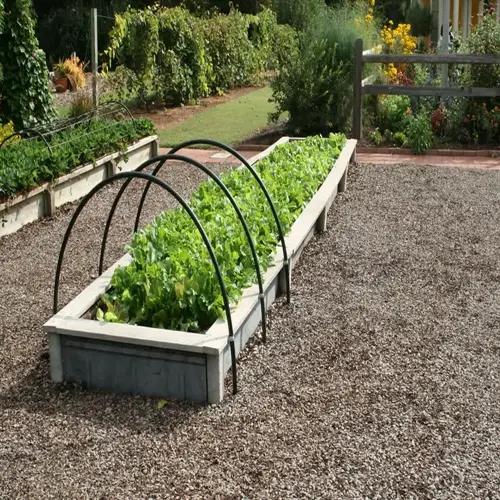What pests commonly attack kale plants?

Written by
Olivia Mitchell
Reviewed by
Prof. Samuel Fitzgerald, Ph.D.Many destructive pests attack kale plants, and can cause a lot of damage to them if left uncontrolled. Cabbage worms can skeletonize a plant, and the next day, aphids can infest a plant in bunches below the leaves. Flea beetles are identifiable by their "shot-hole" pattern, and slugs are identifiable by the ragged holes they chew. Addressing the infestation early on means that the devastation will be local instead of area-wide and will surely kill your entire crop.
Cabbage Worms
- Identification: Green caterpillars up to 1.5 inches long
- Damage: Chew holes between leaf veins leaving skeletons
- Organic control: Apply BT spray every 7 days
- Prevention: Install floating row covers early season
Aphids
- Identification: Tiny green/black insects under leaves
- Damage: Cause leaf curling and sticky residue
- Organic control: Spray insecticidal soap solution
- Prevention: Encourage ladybugs and lacewings
Slugs & Snails
- Identification: Slime trails and irregular holes
- Damage: Destroy seedlings overnight
- Organic control: Diatomaceous earth barriers
- Prevention: Copper tape around containers
Take Preventive measures on pest infestation. Rotate your crops every year to disrupt pest life cycles. You can also use reflective mulch for flying insects. I plant trap crops, such as radishes, that will lure the pests away from my kale. Winter garden clean-up will remove overwintering habitats.
Identify early warning signs for timely intervention. Yellow speckling indicates flea beetle activity. Silvery trails indicate slugs are present at night. Small white butterflies mean cabbage worm eggs will hatch soon. I inspect plants every three days during peak times. A quick response prevents small issues from becoming major disasters.
Read the full article: When to Plant Kale for Optimal Growth
